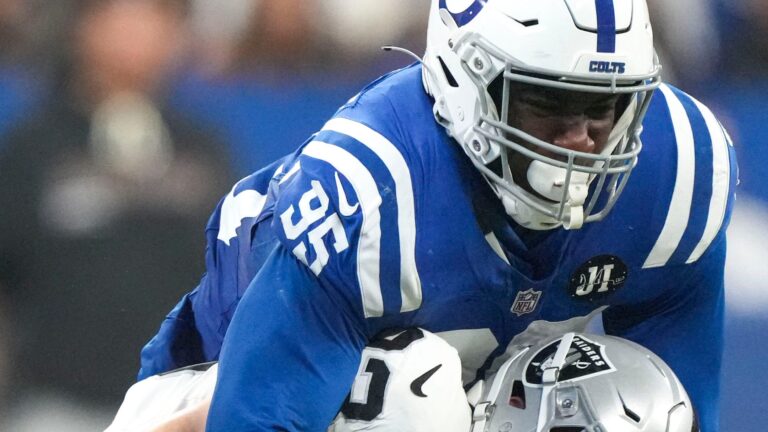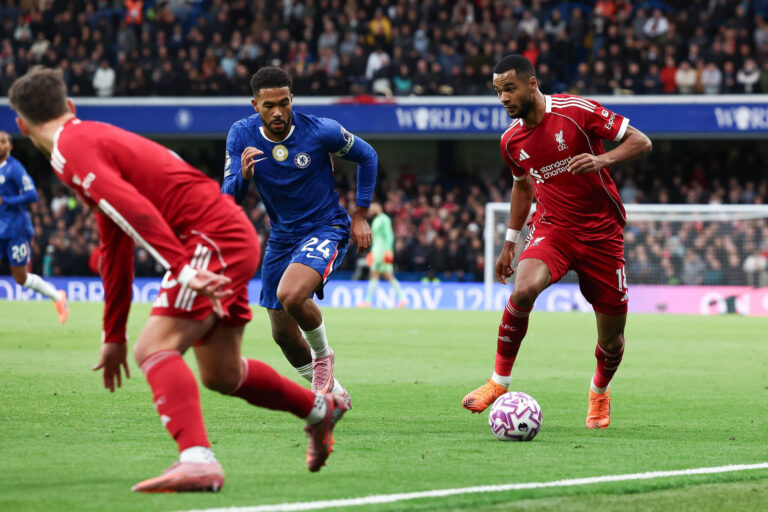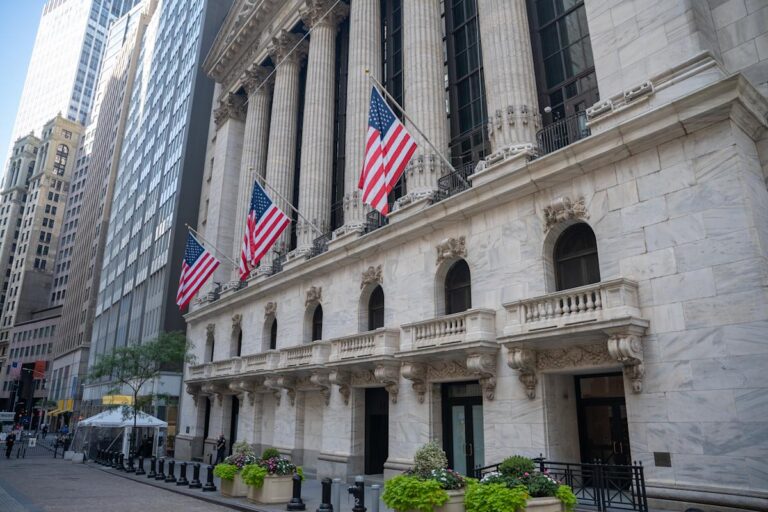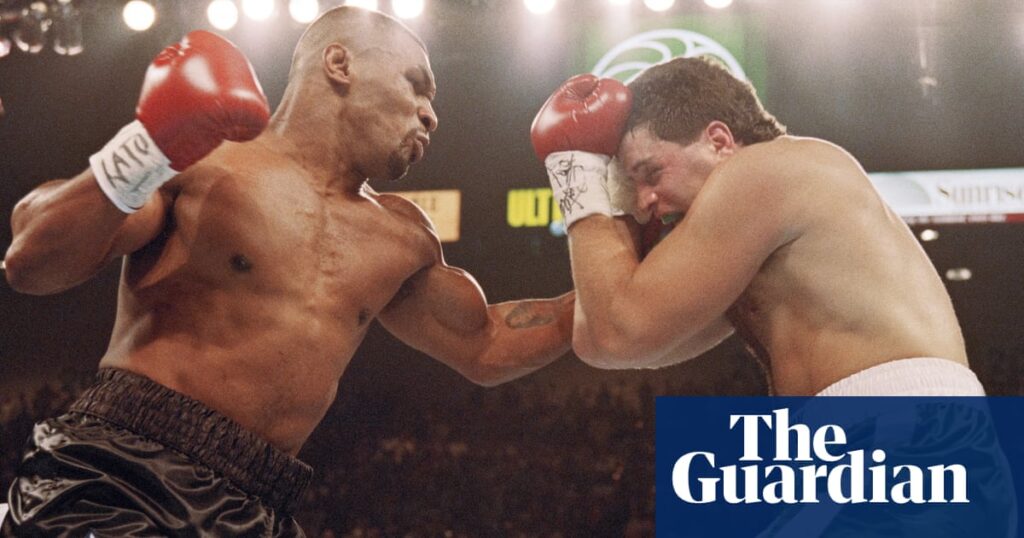
In Las Vegas, 30 years ago, prisoner 922335, not long released from the Indiana Youth Center, boxed an unknown club fighter in a bout that shattered pay-per-view records. Mike Tyson v Peter McNeeley may be, in a competitive field, the most audaciously staged mismatch in boxing history. Its global success, despite only 89 seconds of action and a farcical ending, set the tone for the sport’s development in the modern era.
Promoted simply as “He’s Back”, the contest was Tyson’s return after a three-year imprisonment for rape, but the former undisputed heavyweight champion’s popularity seemed to have increased. Among those ringside at a sold-out MGM Grand sat Madonna, Nicolas Cage, Jerry Seinfeld, Denzel Washington, Jim Carrey, Pamela Anderson, Eddie Murphy and an alarmingly human-coloured Donald Trump. All in attendance to see something akin to a ritual sacrifice.
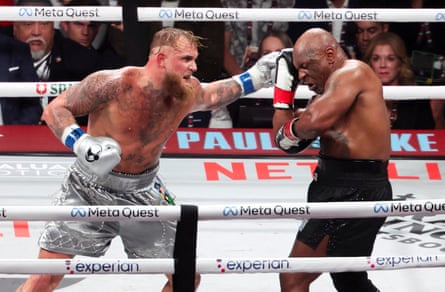
Fans did not even get to see that. After an in-ring stare down, the underdog kept to his pre-fight promise and rushed at Tyson, swinging bar-room haymakers. He soon found himself on the canvas, but instantly got up and started jogging around the ring. “He went down, but then he jumped right up like a jack-in-a-box,” Tyson later recalled. “This guy was skipping around the ring and charging back at me. I couldn’t believe this shit.”
After a few clumsy exchanges, McNeeley was felled, this time more seriously. “It was a double left hook, followed by a vicious right uppercut,” says Albert. “It was vintage Tyson. McNeeley was badly hurt, but he got up … and then came the chaos and confusion.”
The abrupt ending involved McNeeley’s cornermen piling into the ring, despite their charge being gamely ready to go on, causing a disqualification. The messy finish provoked howls of derision from the crowd. The Nevada commission withheld the purse of the defeated fighter’s manager, Vinnie Vecchione, pending an investigation.
“It was the easiest $25m Tyson ever made,” says Albert. “McNeeley’s corner probably did their guy a favour. But after the fight there was speculation that somebody in his camp had made a million-dollar bet that the fight wouldn’t last 90 seconds – the official time was 89 seconds of the first round. It just became another bizarre tale in boxing folklore.”
The event’s promoter, Don King, somehow kept a straight face when claiming: “This night has been something we can all be proud of.”
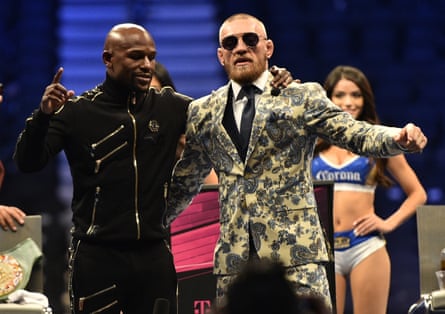
McNeeley cashed in on his notoriety with adverts for AOL and Pizza Hut, in which he was knocked out by a slice of stuffed crust. Tyson’s comeback continued as a money-making machine but – despite winning two versions of the world title – he never recovered the aura of invincibility shattered by his 1990 defeat by Buster Douglas and his career ended with a series of limp losses.
If the victory against McNeeley was ultimately unsuccessful in launching a second great act in Tyson’s career, it proved something more instructive: that people will pay to see a spectacle above a competitive contest. It paved the way for Floyd Mayweather Jr v Conor McGregor, Tyson v Paul, YouTube boxers and the modern trend of social media influencers profiting by throwing themselves into the arena. For Tyson, it showed that despite the defeats, the crimes, the personal turmoil, his grip on the public remained as strong as when he burst on to the scene in the 1980s.
“I love Tyson, I’ve loved him for ever, because he’s the most honest athlete I’ve ever dealt with,” says Gray. “He knows he has his flaws. He’ll take his medicine when he’s wrong, he doesn’t try to blame others, and he’s trying to be better tomorrow than he was yesterday.”
In the yesteryear of 1995, Tyson tested his drawing power in boxing’s greatest nonevent and he discovered that while he may be fallible as a fighter, his ongoing mystique remained bulletproof.
Steve Albert’s book A Funny Thing Happened on the Way to the Broadcast Booth is out now; Jim Gray hosts the podcast Let’s Go! and wrote Talking to GOATs.

